I am adding to this post as here on the East coast of NSW we continue to have flooding, heavy downpours and associated erosion. It has been over 3 years of this tumultuous weather and this particular blog post has been getting quite a lot of visits. The past few years have also given me more time to learn about native plant species which will cope with ‘temporary inundation’, this is basically where thier root zone is sitting in water for a period of up to 1 week.

In the image above you can see two useful screening species, on the left is Hakea nodosa which copes suprisingly well with wet soil and Callistemon ‘Slim’, a narrow form of Callistemon viminalis.

Tea trees are enormously resilient in both heavy and light soils and Leptospermum ‘Seclusion’ is a new addition to my teatree go tos.

Now onto some trees which can handle wet feet, in the image above you can see Callicoma serratifolia which can be found growing on moist river banks and in steep cliff sides, this species is quite used to excess moisture. In the image below is Hymenosporum flavum, an incredibly versatile rainforest tree. So flexible in fact that the photo below was taken in an inner city street in Melbourne!
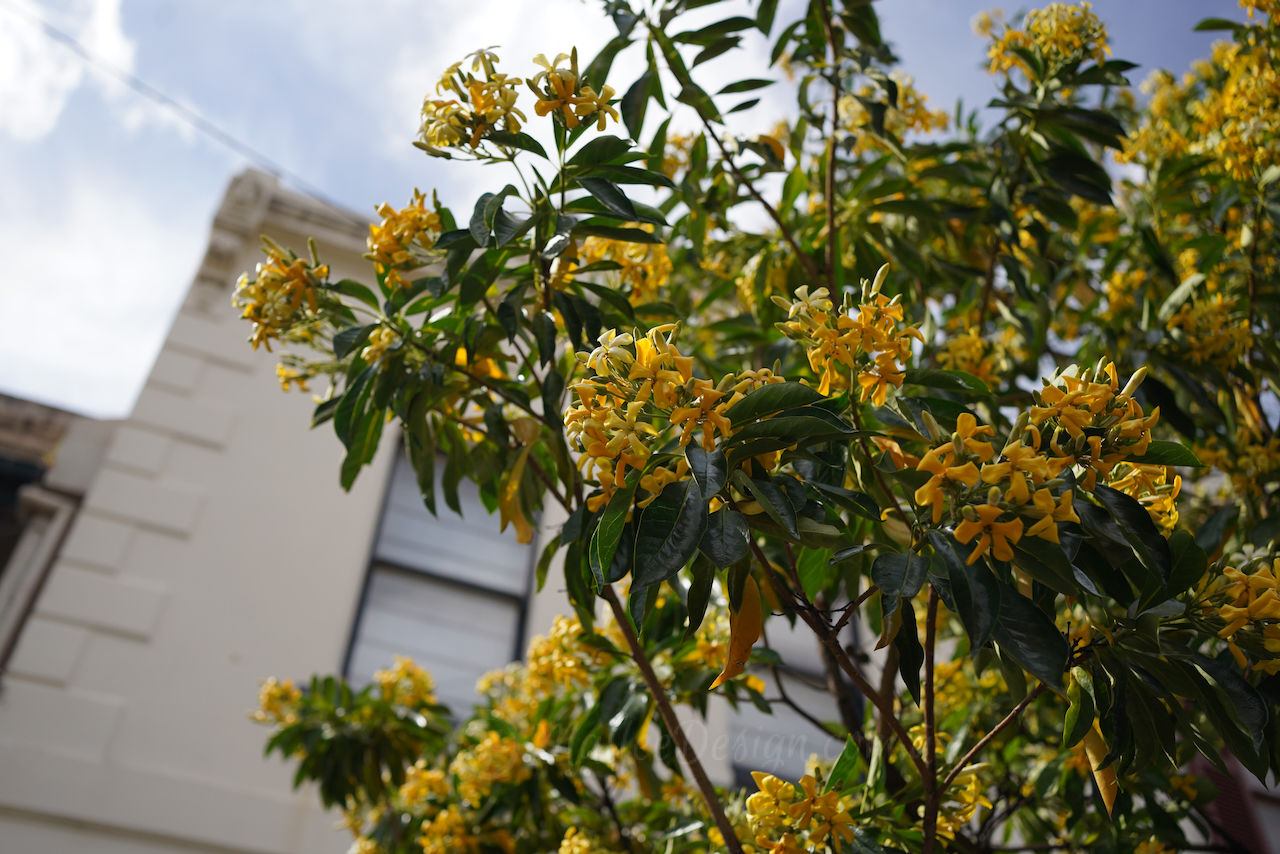
After yet more rain on the east coast many plants in many gardens are suffering water-logging. Even in reasonably well drained soils the inundation has been too much for some plants, resulting in root rot and other associated fungal diseases.

Physically, the force of rain, streams and puddles of water have caused their own damage and with the increased humidity comes increased pathogen risk, it really hasn’t put many gardeners in the best mood, myself included!

The biggest issue with waterlogging is often the deprivation of oxygen from the soil. If the soil can’t breathe then anaerobic bacteria take over and start producing the yucky smells we associate with long-wet locations. Most plant roots actually need oxygen to survive as well as air space to continue growing, so when soils sit wet for too long they literally start to suffocate.

From aboveground there’s not always much we can do to immediately alleviate water-logging, but noticing and designing your garden based on how water travels is a good first step. After the rain has stopped and water has drained away, clear away any build up of silt around the plant and help to stand upright again.

Many Melalueca species not only withstand but quite enjoy sitting in water for a short spell, a few of my current favourites are Melaleuca viridiflora (above) and Melaleuca armillaris ‘Pink’ (below).

Melalueca incana is a lovely medium shrub with soft grey foliage, the dwarf form ‘Seamist’ can be seen below.

Be mindful that after rain soils are vulnerable to compaction, and if compacted their ability to aerate again will be compromised. Try not walk excessively on or run heavy objects over still wet areas – unless of course you’ve turning the local hillside into a mudslide for the kids 😛

Another Leptopsemum species which can actually be planted on the sides of ponds or water margins is Leptopsemum brachyandrum ‘Silver’, this species thrives in the wetter seaons.
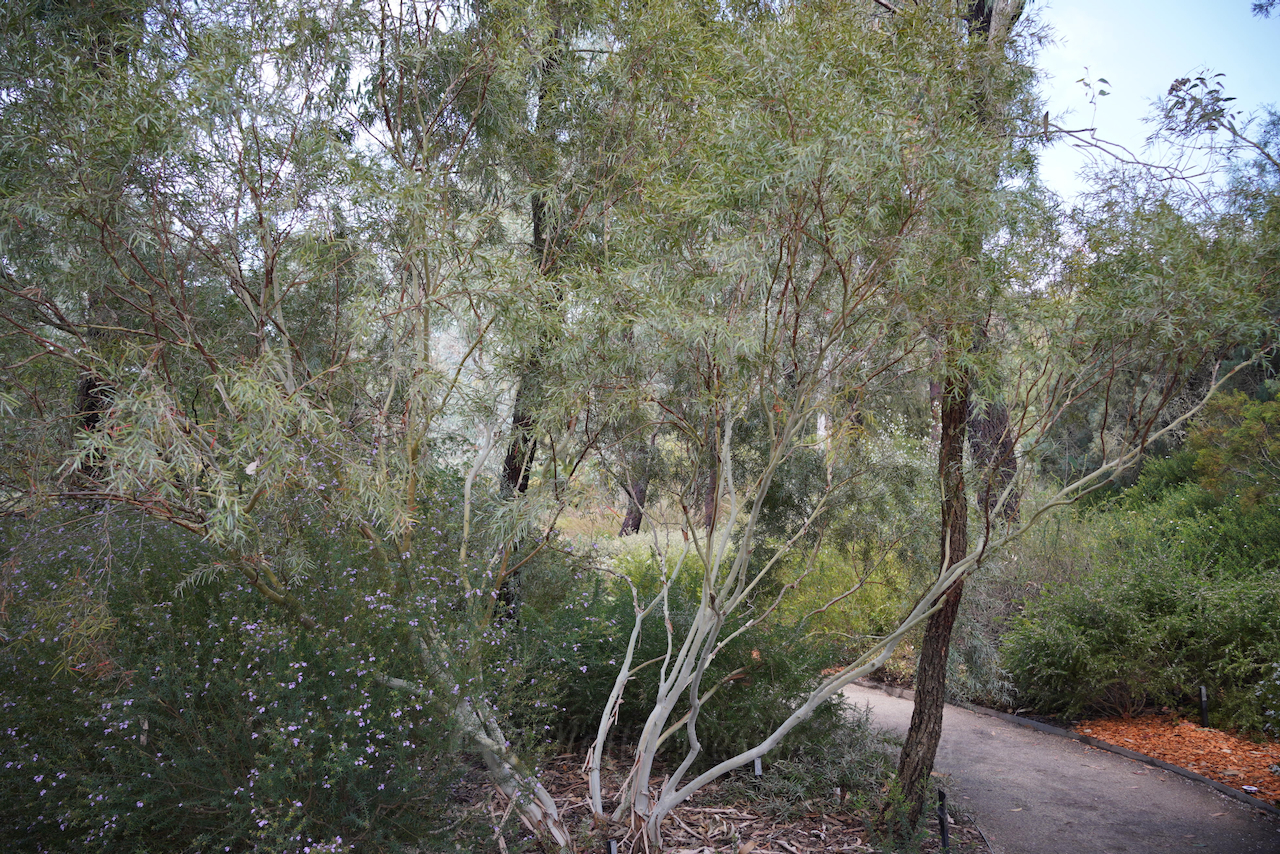
Even if you are planting these moisture loving species you should still try to prepare the soil for maximum root health. You can also add clay breaker or organic materials like mulches to help improve the structure of the soil and its ability to drain and hold air pockets.

Create some space around the base of your plants, especially young ones. After heavy rain, debris and other materials sometimes accumulate around the stems of plants, which leads to increased humidity and a greater chance of pathogens taking hold.

Plants can become completely covered in mulch after the rain so make sure you clear the base to allow for airflow.

Some native plants are more tolerant than others when it comes to having wet feet, sometimes this is called being hardy to ‘temporary inundation’, which just means their root system will tolerate sitting in water for a short period of time without harming the plant.

I have a heavy clay soil so am no stranger to trying to find native plants which will survive in poorly drained soil and have been trialling and testing some of the pictured natives species.

Most of us know Casuarina species to be water loving, there Casuarina ‘Green Wave’ is an excellent medium sized shrub to use to both suck up excess moisture but also as a very hardy windbreak.
As a general rule of thumb I have listed some species and genus below which don’t mind having wet feet, some of them even thrive.

Reeds, rushes and sedges are great in boggy damp areas, they will soak up excess moisture in difficult positions and can make great borders and features.

Although Billy Buttons may look like an arid zone plant with its silver foliage and showy flower head, it actually can withstand quite a lot of moisture, so long as it is also getting sun.

Banksia robur or the Swamp Banksia is a wonderful large shrub or small tree which can handle very poorly drained soils and also periods of drought.


The WA peppermint will also cope with temporary inundation to its root system, this species can be found as a low shrub, large shrub and small to medium tree, so is very useful in clay soils, however it dislikes humidity so beware when growing it north of Sydney.
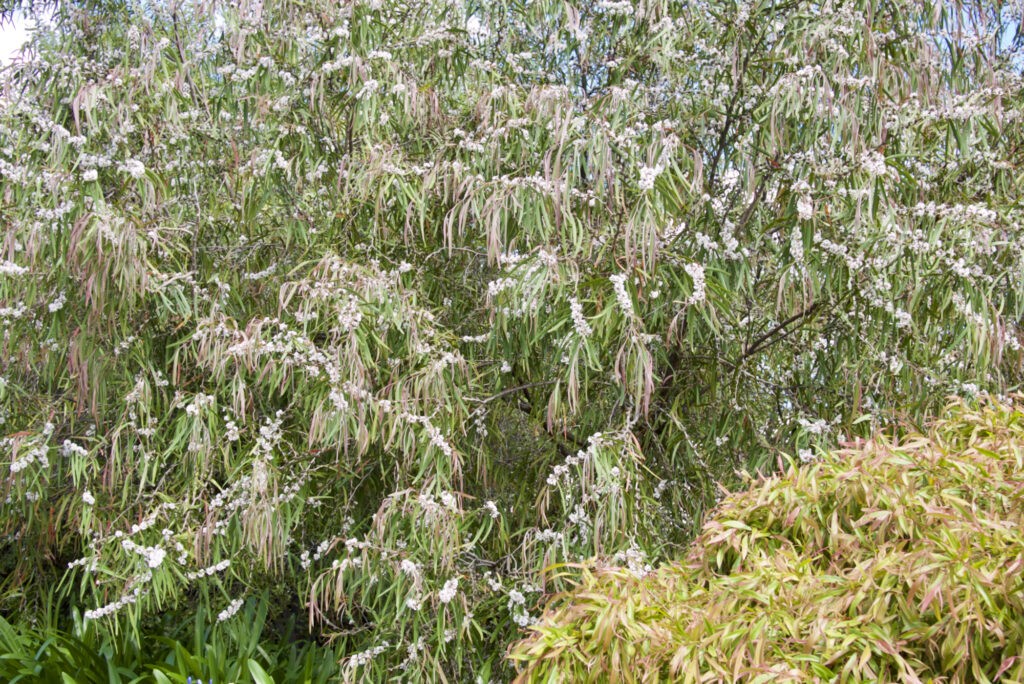

If you are looking for large Eucalyptus species which can handle a heavier soil and lots of rain, look no further than our beautiful Ironbarks!

Smaller hedging plants will be species which naturally grow in a wetter environment like the sub tropical rainforest, this encompasses plants like Lilly Pillys, Myrtles and Baeckea.


Other moisture loving small trees which don’t mind a bit of extra rain but cant sit for very long with wet feet are Grevillea baileyana, Hibiscus tiliaceus ‘Rubra’, Buckinghamia celsissima, Tristaniopsis laurina and Xanthostemon chrysanthus.


There are many species to try in the garden, also along the edge of water such as dams or creeks, where the water levels fluctuate.
Please see the list below and help me add to it!
- Leptospermum (not all species)
- Melaleuca (not all species)
- Callistemons (not all species)
- Casaurina species and cultivars
- Banksia robur
- Sedges – Carex apressa, Ficinia nodosa, Gahnia species
- Eucalyptus ampifolia, sideroxylon, paniculata
- Acmena and Syzygium species
- Baeckea virgata, imbricata and linifolia
- Backhousia anisata, citriodora, myrtifolia
- Calothamnus quadrifidus
- Callicoma serratifolia
- Randia fitzlanni
- Lomatia myricoides
- Kunzea (not all species)
- Melastoma affine
- Native Grasses – Themeda triandra, Dianella caeurulea, Poa labillardieri, Pycnosorus globosus, Carex appressa, Juncus usitatus, Ficinia nodosa
- Viminaria juncea
- Tristaniopsis laurina
- Agonis flexuosa

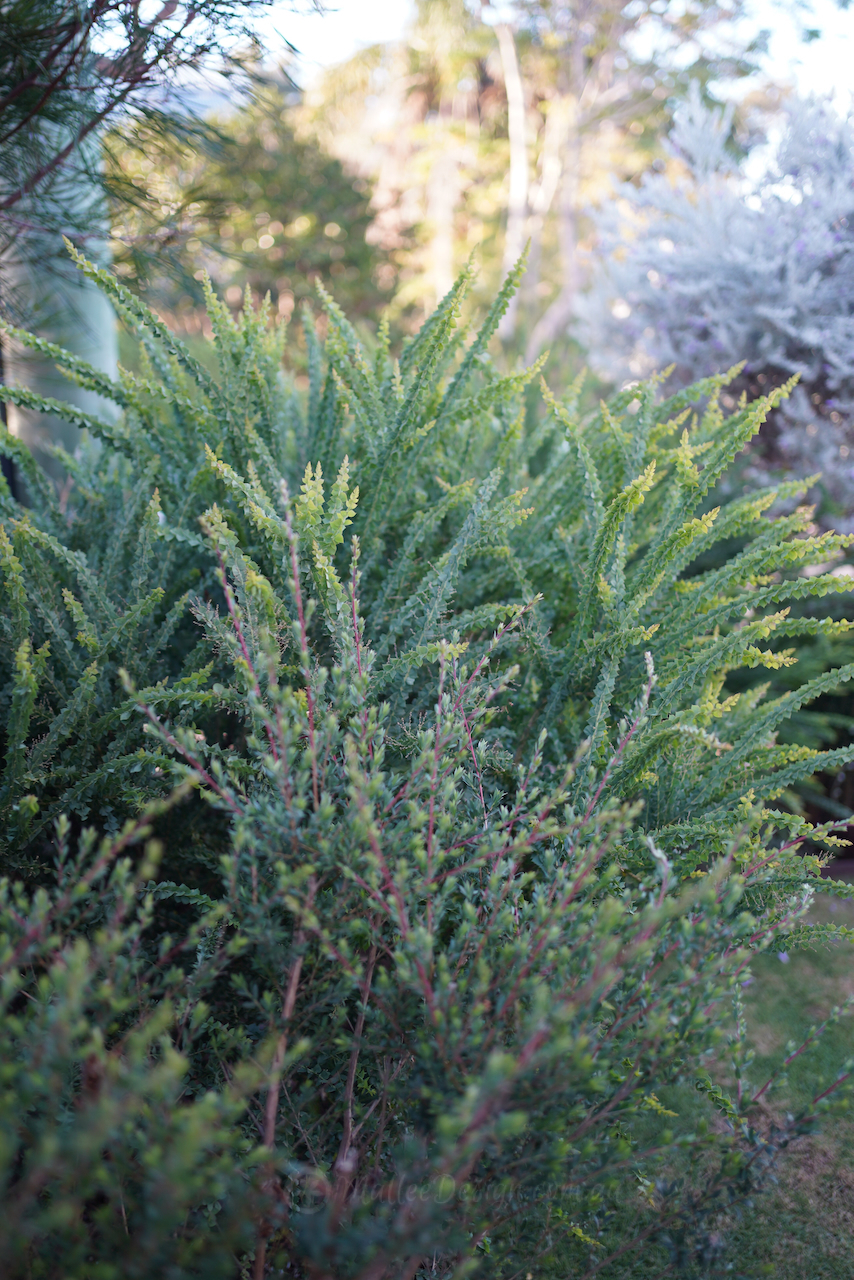




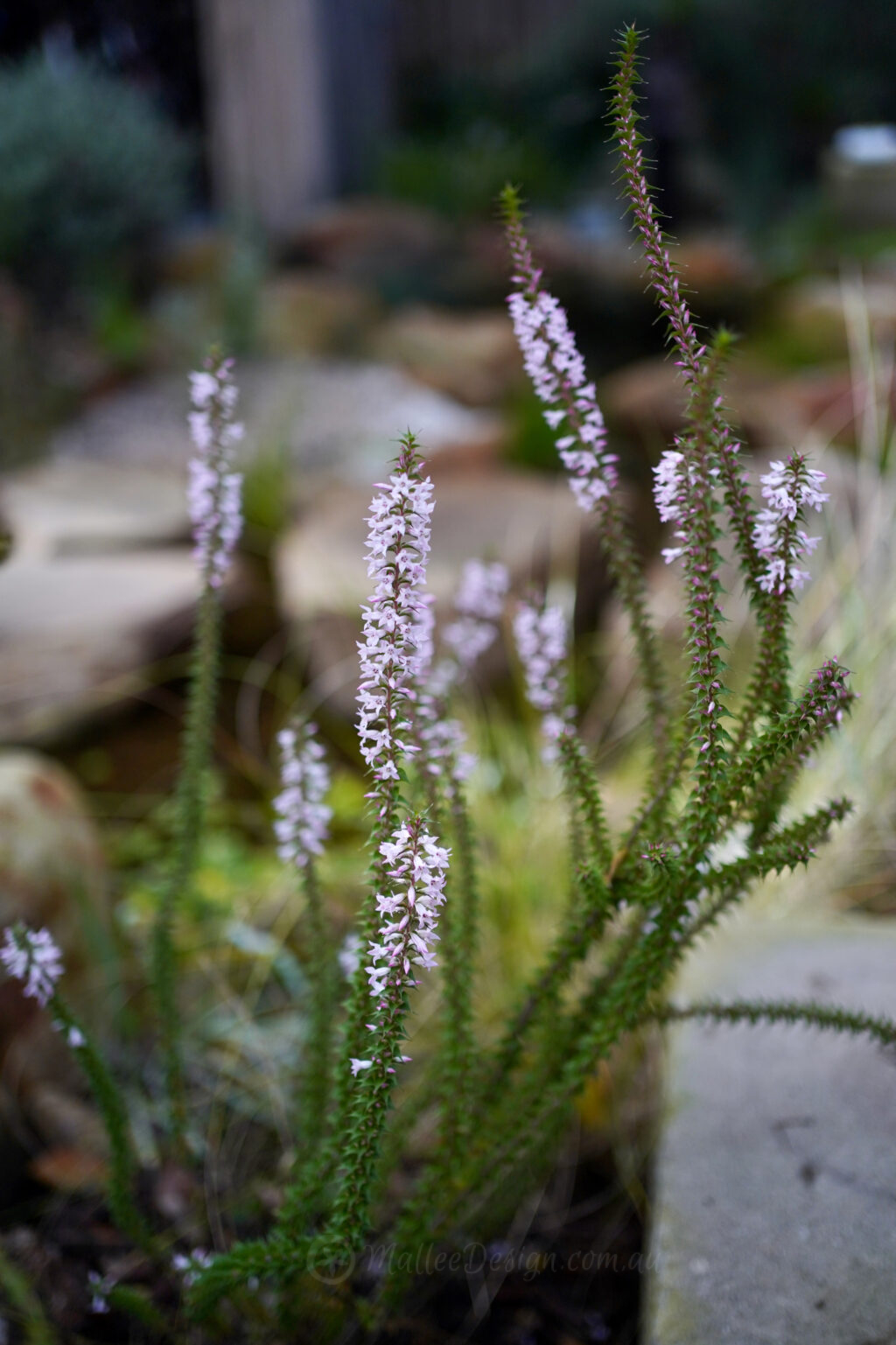
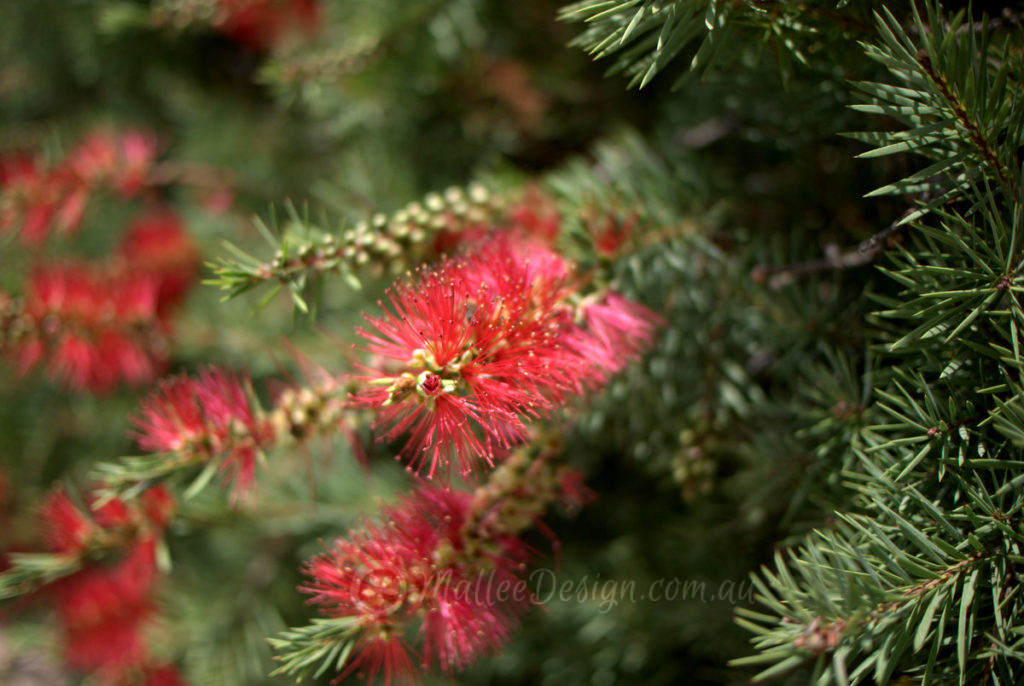

Leave a Reply